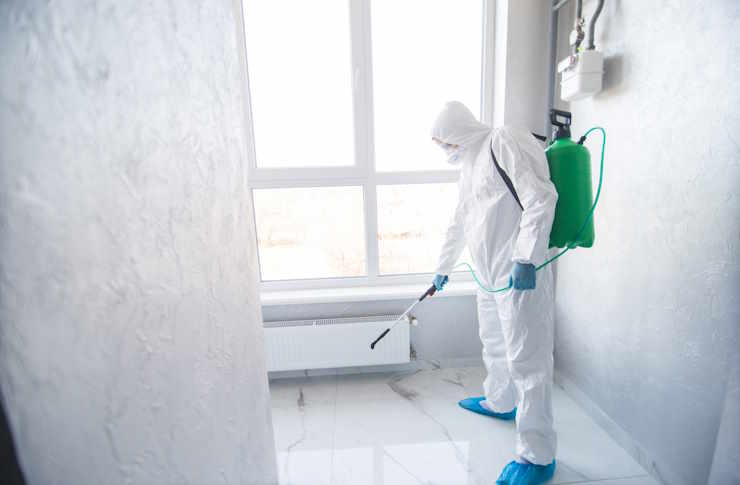Understanding Disinfection Services for Homes and Workplaces
Disinfection services refer to professional processes that reduce or eliminate pathogenic microorganisms on surfaces and in environments to lower infection risk. These services are used in residential, commercial, and healthcare settings to manage contamination after illness, during outbreaks, or as part of routine facility maintenance. A combination of method selection, certified products, and trained staff typically determines effectiveness, along with proper sequence: cleaning before disinfection.

This article is for informational purposes only and should not be considered medical advice. Please consult a qualified healthcare professional for personalized guidance and treatment.
What is disinfection?
Disinfection is the targeted use of chemical or physical processes to inactivate or destroy microorganisms on surfaces and objects. Unlike simple surface wiping, disinfection uses agents selected for their effectiveness against specific types of microbes — bacteria, viruses, or fungi — and follows dwell times recommended by manufacturers or regulatory agencies. Common methods used by service providers include liquid disinfectants, wipes, and in some settings, vaporized hydrogen peroxide or UV-C light. The goal of professional disinfection services is to reduce pathogen levels to a point that minimizes transmission risks in communal spaces.
How does cleaning differ?
Cleaning is the physical removal of dirt, organic matter, and debris from surfaces, typically using soap or detergent and water. It is a necessary step before disinfection because soils and residues can shield microorganisms or neutralize disinfectant chemicals. Professional cleaning may involve vacuuming, mopping, and surface wiping, often coordinated with disinfecting protocols. For many environments, proper cleaning followed by an appropriate disinfection step produces the most reliable reduction in contamination. When engaging local services, clarify whether cleaning and disinfection are bundled or provided as separate tasks.
When is sanitization appropriate?
Sanitization reduces microbial counts on surfaces to levels considered safe by public health standards, and it’s commonly applied in food service, hospitality, and routine maintenance scenarios. Sanitization may use milder agents or shorter contact times than full disinfection and is often sufficient for environments where the primary concern is general cleanliness rather than eliminating known pathogens after an exposure event. Choosing sanitization versus disinfection depends on risk assessment: places with vulnerable occupants, recent illness, or confirmed contamination typically require disinfection rather than just sanitization.
How do hygiene practices support services?
Good hygiene practices—regular handwashing, respiratory etiquette, appropriate waste handling, and personal protective measures—complement professional disinfection and cleaning. Environmental controls such as ventilation, scheduled cleaning routines, and clear signage also reduce overall contamination risk. Disinfection services are most effective when paired with organizational policies that emphasize daily cleaning of high-touch surfaces and employee training. Incorporating these measures into workplace routines and coordinating with local services helps maintain safer environments between professional visits.
What does a disinfection technician do?
A disinfection technician evaluates spaces, selects appropriate products and methods, and follows safety protocols to protect occupants and themselves. Tasks commonly include pre-cleaning, applying disinfectants with sprayers or wipes, ensuring required contact times, documenting procedures, and wearing personal protective equipment (PPE). Technicians should be trained in chemical handling, dilution ratios, and how to minimize cross-contamination while moving through a site. When hiring professionals in your area, ask about certifications, insurance, the products used, and whether technicians provide post-service reports that detail treated areas and procedures.
Conclusion
Disinfection services form one component of a layered approach to managing environmental contamination. Understanding the differences between cleaning, sanitization, and disinfection — and how hygiene practices and trained technicians fit together — helps building managers and homeowners make informed choices about protecting occupants and maintaining healthier indoor spaces.






